Digital tools can help in the organization of workflows, for example for planning, implementation and follow-up of learning offers, but also for learning itself. In this section, we would like to introduce you to various digital tools and techniques that can be usefully applied in the field of education. Since this is a segment from our Newsletter website, this collection will be expanded with each new issue. The tools and techniques presented can be software, Internet tools, but also hardware equipment that can be used in digital learning opportunities.
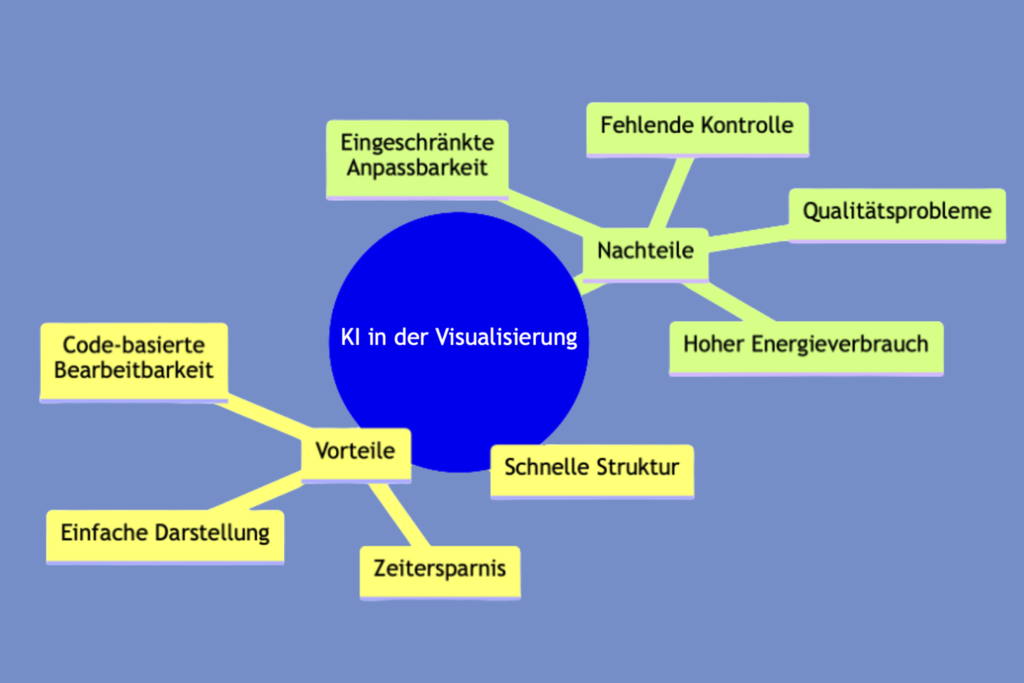
AI can be used to visualize content quickly and in a structured way - for example in the form of mind maps or flowcharts. The use of Mermaid code is particularly simple: instead of a finished image, a code is created that can be further modified in the next step and visualized as a graphic. These visualizations can be adapted, expanded and integrated into teaching materials or presentations - without any special programming or graphics know-how.
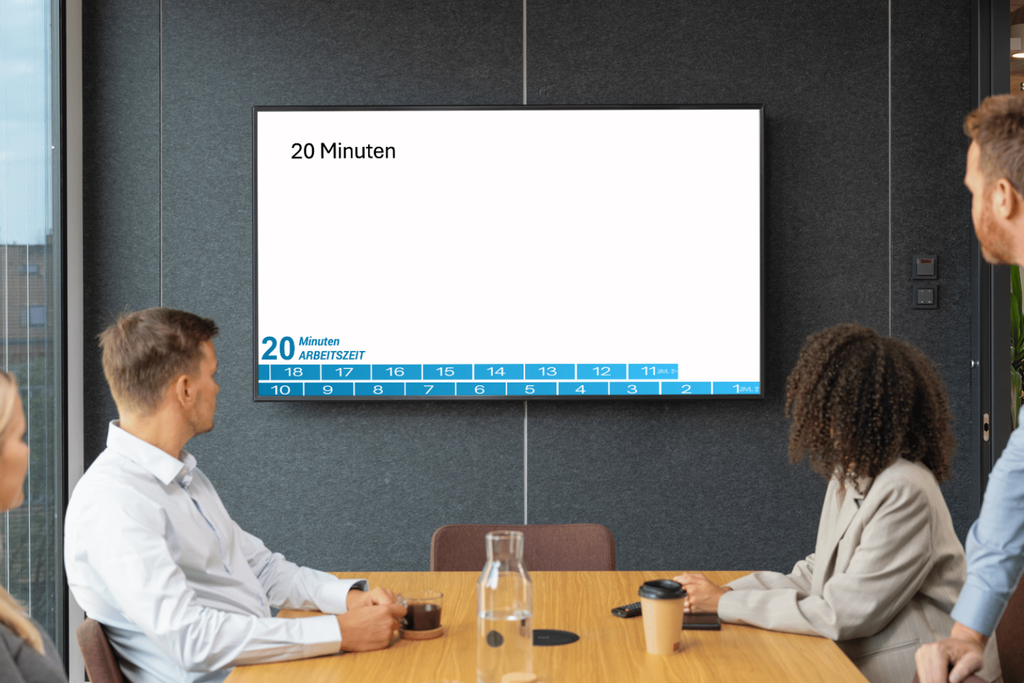
During group work or silent work phases, it is often difficult to keep an eye on the remaining time. A visually appealing, continuous time bar in PowerPoint helps to maintain an overview and at the same time provides a clear structure. We have created instructions on how to create these time bars as well as a pair of templates that you can easily download and use yourself.
More Information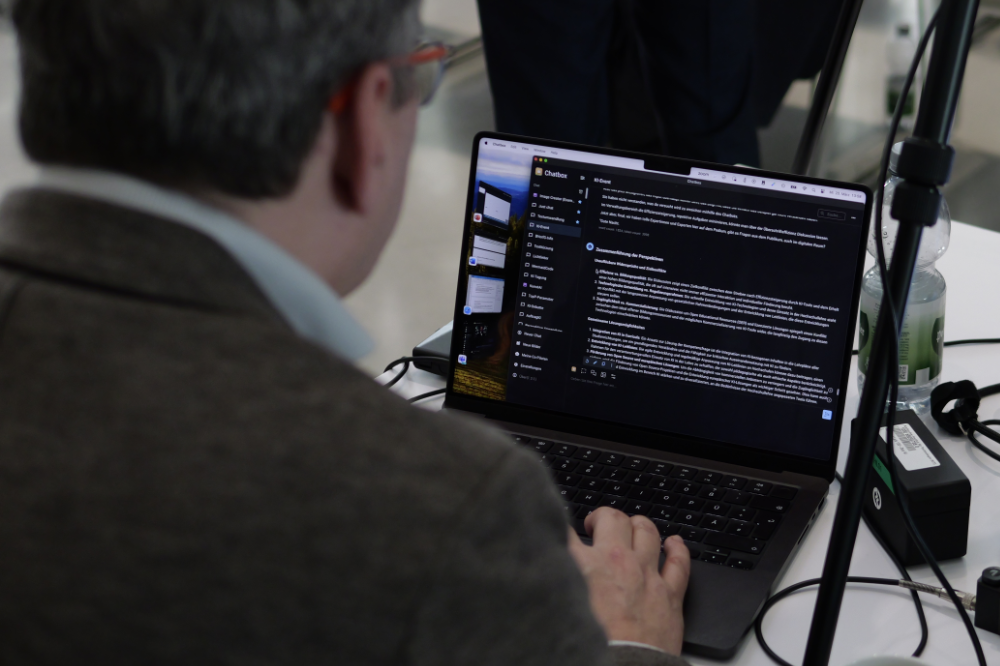
Presentations or discussions can be transcribed, summarized and analyzed live using simple tools and common AI software - a method that can be implemented directly without the need for complex technology. This makes additional information available within the event and enables completely new, innovative formats - for example, AI can become a "sidekick" and contribute live meta-analyses of previous discussions and presentations in panel discussions.
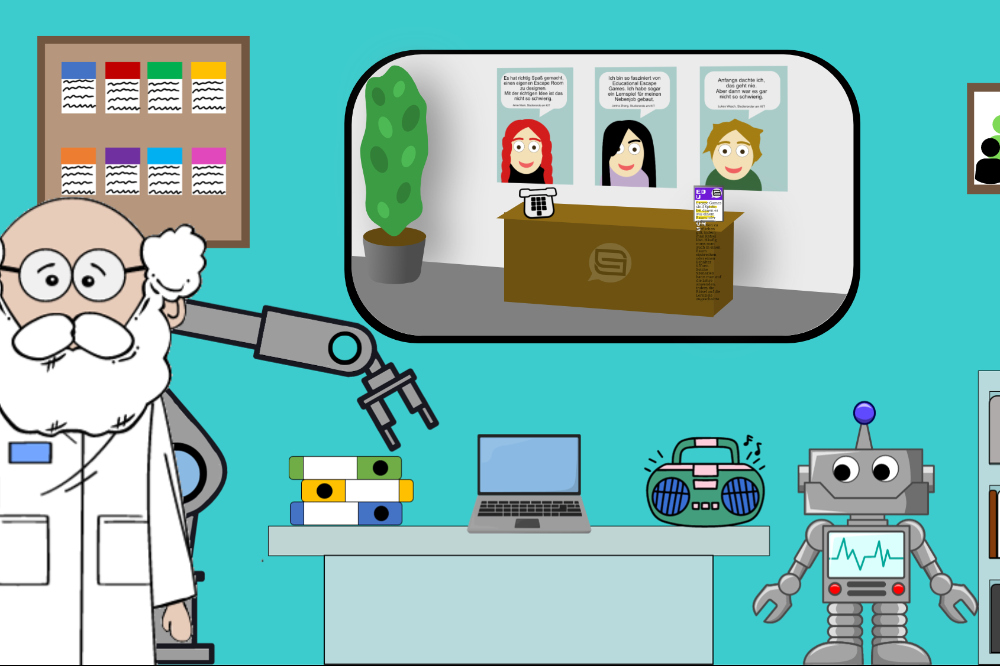
NoCode-Edu Escape Rooms are ideal for teaching and testing knowledge in an interactive and exciting way. Hidden clues can be used to present content and the progress of the game requires the application of what has been learned - a motivating learning experience. Programming skills are not required to create an escape room. As it is an open source solution, the application is so simple that students are able to create a learning game instead of a presentation after a short introduction. This leads to higher motivation and solves scheduling problems.
More Information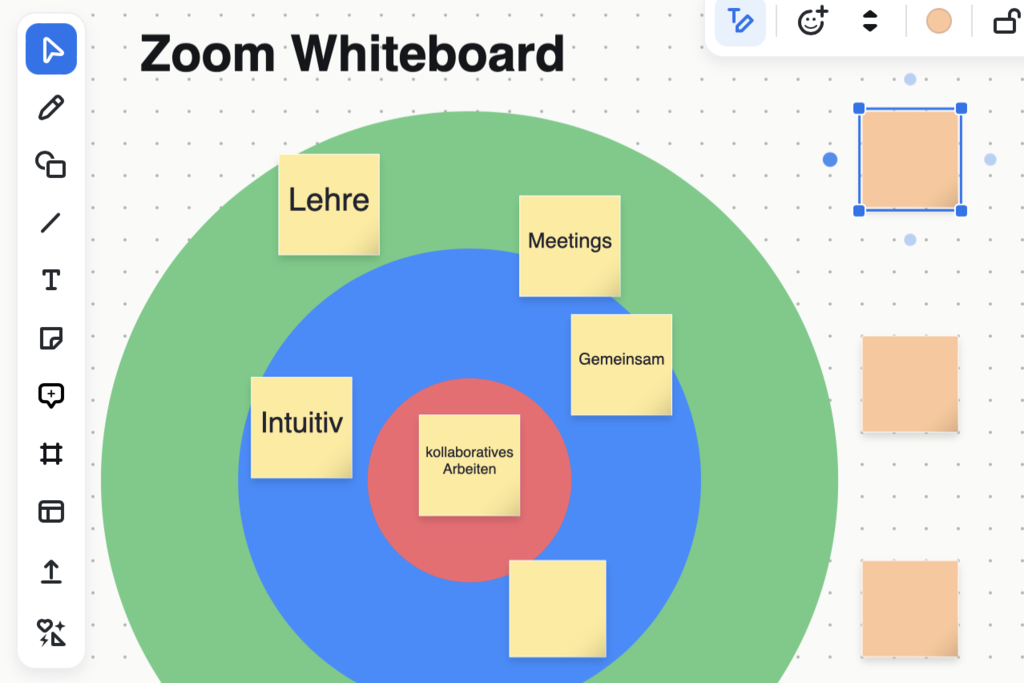
The Zoom whiteboard function has been updated at KIT since October. This allows participants to work together on a digital whiteboard in video conferences. They can collect, organize and visualize content together on the endless canvas using intuitive tools. The whiteboard is ideal for interactive group work, brainstorming sessions and visual presentations.
More information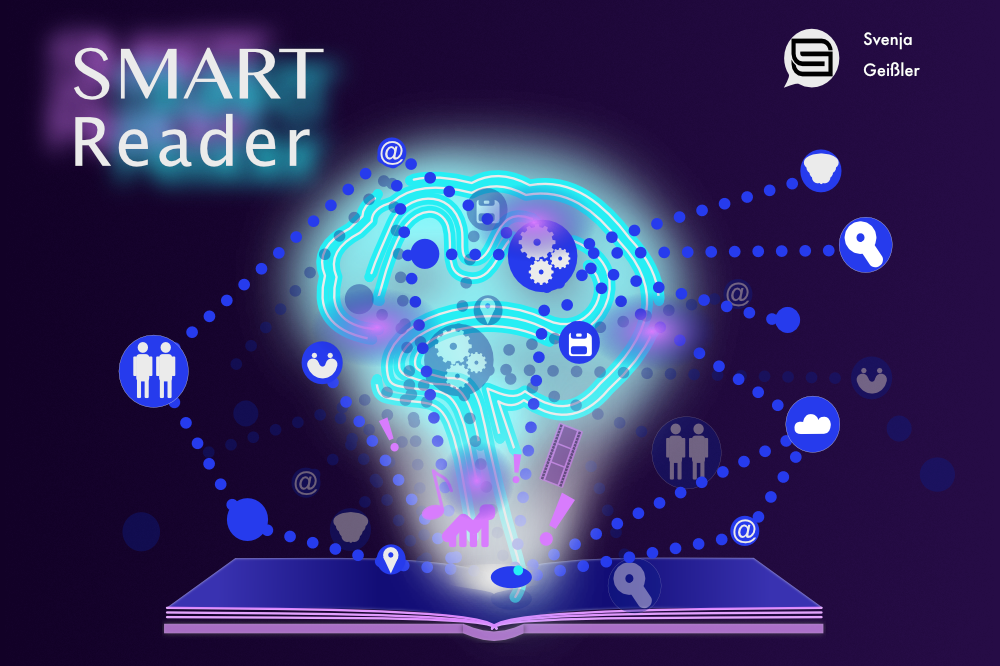
The need for more agile teaching models that meet individual learning needs is constantly increasing. Nowadays, there are numerous learning concepts and scenarios that enable flexible learning. But how can such scenarios and models be combined without it becoming confusing and complicated? This is where the SMART Reader comes in: an HTML-based e-book with a variety of learning materials that can include everything from texts and videos to audio tracks and interactive tasks. The SMART Reader is free and cross-platform, making it accessible to all.
More information
With the open source tool H5P, you can quickly create interactive learning modules for your own teaching. There are different types of content to choose from - from clickable presentations to virtual tours, there is a lot possible. As H5P is integrated into ILIAS, you can create the content directly there. The modules can also be exported and used on other platforms. If you prefer to create the blocks offline or for your own website, we recommend the free program Lumi.
More information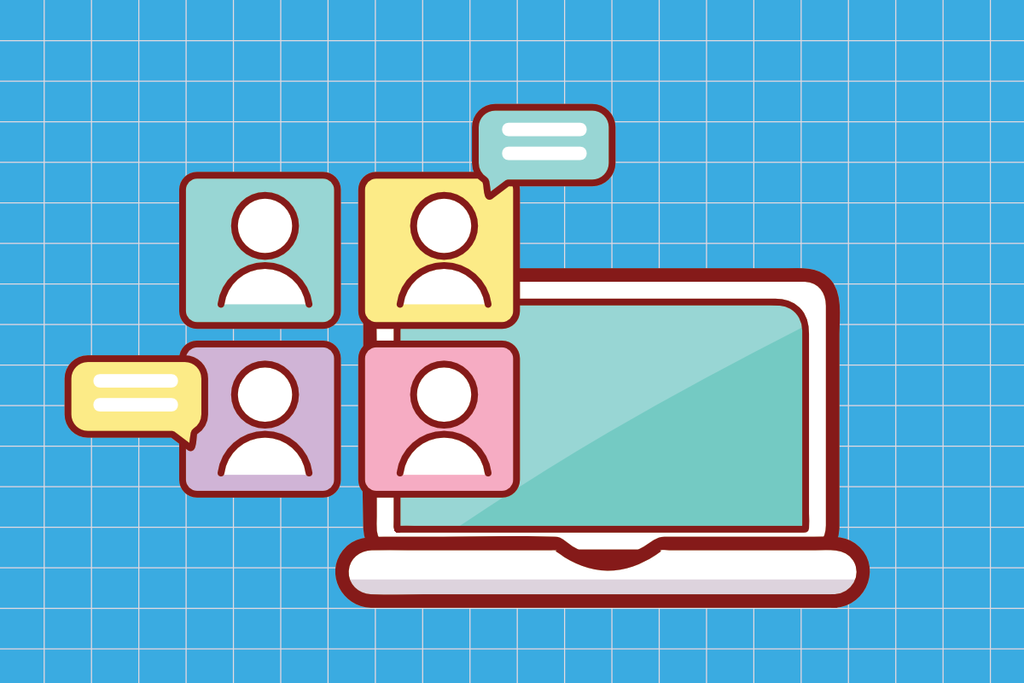
Good teaching encourages students to think intensively and actively participate in the teaching process. Online teaching in particular can quickly create the feeling of speaking in an anechoic virtual space. To prevent this from happening, you should include activating methods in the design of your course. In recent months, there have been some technical changes on Zoom that promote exactly that.
More information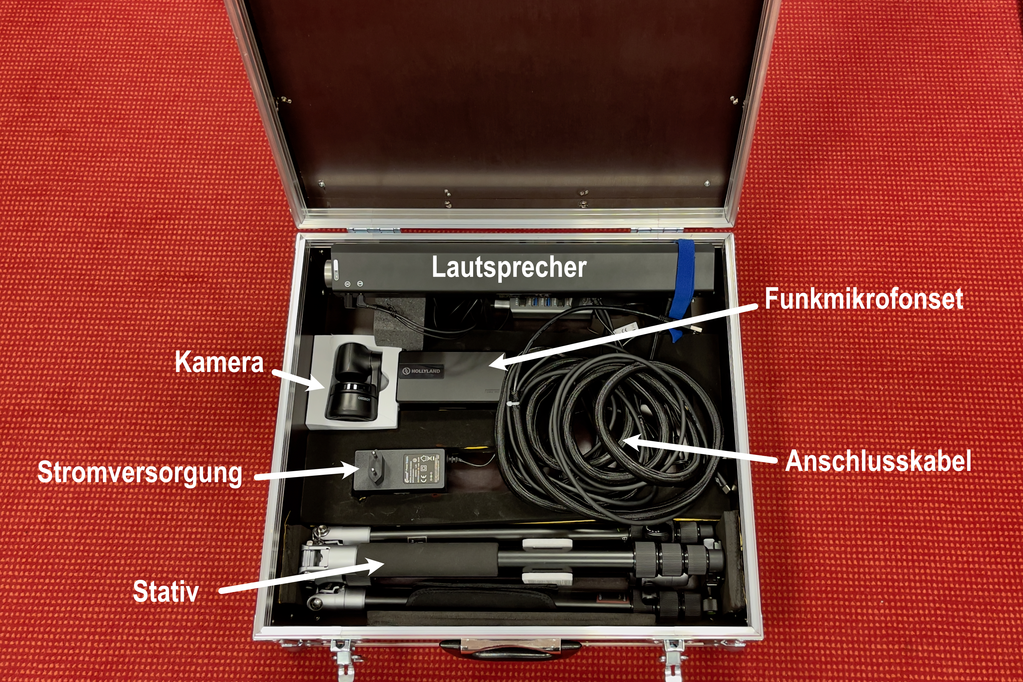
Whether it's a hybrid institute seminar or a hybrid meeting - the cases contain everything you need to involve both people on site and participants connected online in just a few simple steps. The cases are expected to be available to borrow from mid-November at the library locations on Campus South and Campus North.
More Information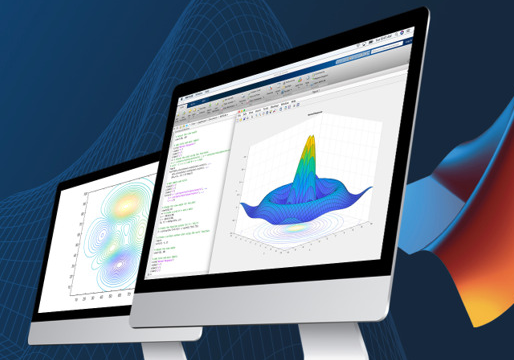
At KIT, it is now possible to integrate the "MATLAB Grader" tool into the ILIAS learning platform using a plugin. With the "MATLAB Grader" plugin, teachers can create interactive programming tasks on ILIAS and have them automatically evaluated by the program. This gives them an overview of their students' learning performance.
More information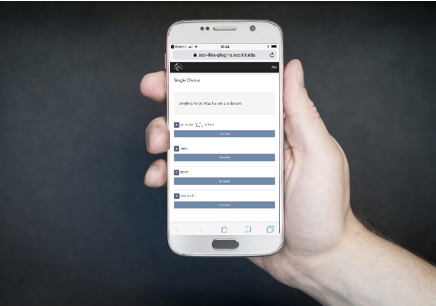
Quizzes can be integrated into different phases of teaching and learning scenarios. They help students to repeat and consolidate what they have already learned at the beginning of the lesson. Teachers can use them to assess the intermediate status or check the skills and content practiced in the respective learning unit with the students. Voting also helps to loosen up the teaching units and make them more interactive. A few digital tools that can be used to conduct surveys are presented below.
At KIT, the use of PINGO is recommended.
More information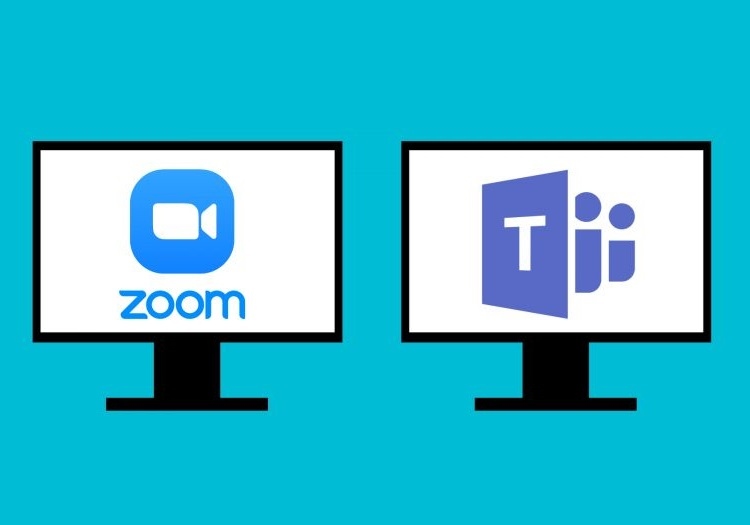
Professional video conferencing systems such as Microsoft Teams or Zoom enable digital communication in real time, regardless of location. They are therefore not only ideal for working from home, but also for online seminars or lectures at universities. As participants are not in the same room and communication is often limited, virtual meetings can quickly become boring. It is therefore all the more important to make online seminars as interactive as possible. We have collected some tips for lecturers on how to make their digital seminars and lectures more interactive.
More information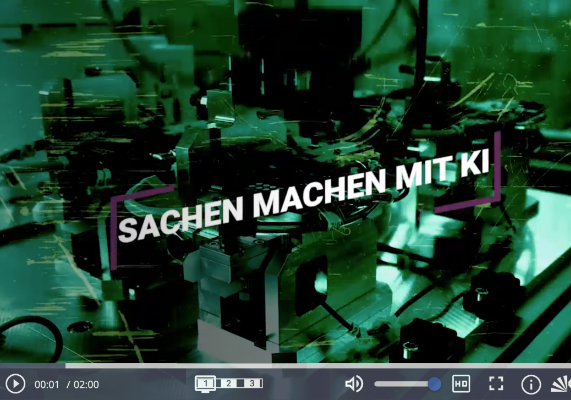
When producing a video, it is often not easy to decide on a perspective. The ZML's multi-angle video player now offers more interactivity. The video player, which can be used publicly without restrictions, not only allows you to switch between different perspectives, but also opens up completely new dimensions in knowledge transfer: using various special cameras, you can switch between thermal imaging, UV and normal cameras, for example. It is also possible to switch between different language variants and different narrative perspectives. A total of up to three video and audio tracks can be integrated, which the user can choose from.
More information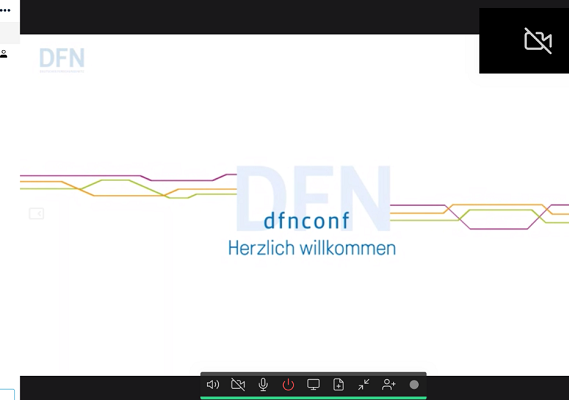
Perfect for meetings, lectures and MOOCs: since last year, the new DFNConf video conferencing service platform has been available to all KIT employees free of charge. The service enables video conferences with participants worldwide. These can be set up, organized and conducted independently of the platform. Access is also individual: DFNConf can be accessed via smartphone apps, web-based solutions or simple telephone dial-in in addition to video conferencing systems.
More information

